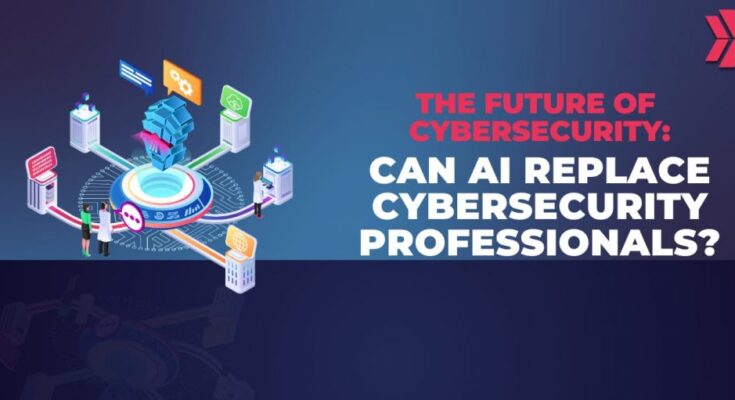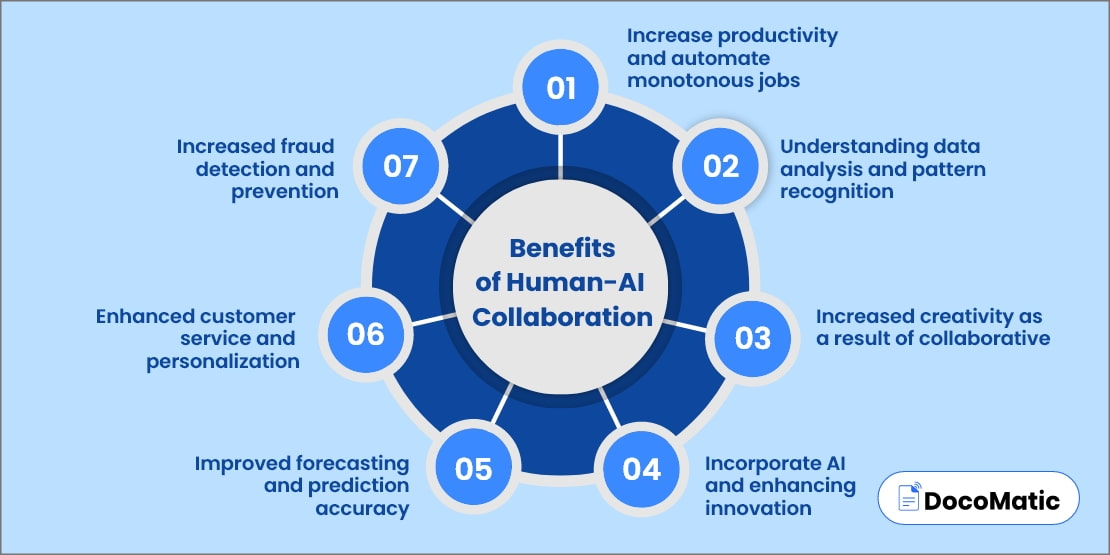As artificial intelligence continues to evolve at breakneck speed, one of the hottest debates in the cybersecurity industry is whether AI can truly replace human cybersecurity analysts. The increasing complexity of cyber threats and the growing shortage of skilled professionals have pushed organizations to integrate AI solutions. But can algorithms really take over the nuanced work of human security experts?
In this article, we explore the potential of AI in cybersecurity, its current capabilities, the limitations it faces, and why the future is more about augmentation than replacement.
Understanding the Role of Cybersecurity Analysts
Cybersecurity analysts are tasked with protecting an organization’s digital infrastructure. Their responsibilities range from monitoring networks for suspicious activity and analyzing security breaches to responding to incidents, patching vulnerabilities, and implementing preventive controls.
This role demands:
- Critical thinking and contextual decision-making
- Pattern recognition and anomaly detection
- Threat intelligence interpretation
- Communication with stakeholders across departments
These are functions not easily replicated by machines alone—yet.
The Rise of AI in Cybersecurity
AI has made remarkable strides in the cybersecurity landscape. Tools powered by machine learning (ML), natural language processing (NLP), and predictive analytics are now core features in many Security Information and Event Management (SIEM) platforms.
AI systems can:
- Analyze large volumes of data at speed
- Detect anomalies that deviate from learned patterns
- Automate repetitive tasks such as log analysis and rule-based threat detection
- Provide real-time alerts based on predictive models
The benefits are undeniable. AI increases speed, reduces human error, and helps scale operations—particularly important in a field where threats are multiplying faster than analysts can keep up.
Strengths of AI in Cybersecurity
AI technologies offer several advantages when integrated into cybersecurity frameworks:
Real-Time Threat Detection: AI can process data streams and detect abnormalities in real time—something nearly impossible for human teams working alone. This allows for immediate response to emerging threats such as ransomware or zero-day attacks.
Automation of Repetitive Tasks: Tasks like scanning logs, monitoring endpoints, or filtering phishing emails can be fully automated. This frees up human analysts to focus on higher-level strategic work.
Enhanced Threat Intelligence: AI can ingest and analyze threat intelligence feeds from multiple sources, drawing correlations that would be time-consuming for humans to uncover. These insights can be used to predict future attack patterns or identify advanced persistent threats.
Continuous Learning and Adaptation: Machine learning models improve over time by learning from new data, making them increasingly efficient at detecting evolving threats.
Limitations of AI in Replacing Cybersecurity Analysts
Despite its strengths, AI falls short in areas that require human intuition, judgment, and ethical consideration.
Lack of Contextual Understanding: AI lacks the ability to fully understand business context. A flagged anomaly might be entirely legitimate depending on the business operations—something a trained analyst can distinguish quickly.
False Positives and Negatives: AI still generates false positives, requiring human analysts to validate threats. Worse, poorly trained AI models can miss actual breaches (false negatives), leading to costly oversights.
Adversarial AI Attacks: Cybercriminals are already using AI to craft more sophisticated attacks. AI models themselves can be deceived through adversarial attacks that exploit machine learning vulnerabilities.
Ethical and Legal Challenges: Interpreting legal, regulatory, and compliance issues often involves human judgment. AI cannot navigate the gray areas of data governance, privacy laws, and ethical dilemmas without human oversight.
Human-AI Collaboration: The Future of Cybersecurity
Rather than viewing AI as a replacement, it should be seen as a force multiplier for cybersecurity analysts. Here’s how AI and humans can work together:
- AI handles volume; humans handle insight
- AI speeds up detection; humans refine response
- AI sees patterns; humans provide context
- AI executes automation; humans lead strategy
Organizations that embrace this synergy stand to benefit most—streamlining operations while retaining the human judgment necessary for effective decision-making.
Real-World Use Cases of AI in Cybersecurity Teams
Several industries are already deploying AI-driven cybersecurity tools alongside human teams:
- Financial Services: Detecting fraudulent transactions using behavior-based AI
- Healthcare: Protecting sensitive patient data with anomaly detection tools
- E-Commerce: Monitoring billions of transactions for phishing and account takeovers
- Government: Supporting national defense with predictive cyber intelligence
In all these cases, human analysts remain a critical part of the loop, reviewing AI findings, validating alerts, and responding to incidents.
No, AI cannot fully replace cybersecurity analysts—but it can transform their role. The future of cybersecurity is not one where humans are obsolete, but one where humans and AI form a powerful alliance.
Analysts will increasingly take on roles focused on strategy, incident response planning, policy-making, and ethical oversight, while AI handles high-volume, repetitive tasks. Rather than competition, the relationship between AI and cybersecurity professionals should be viewed as a collaboration—one that is essential in the ever-evolving cyber battlefield.
Frequently Asked Questions (FAQs)
What are the most common tasks AI can perform in cybersecurity?
AI can:
- Monitor network traffic in real time
- Identify potential threats through anomaly detection
- Automate responses to certain low-level incidents
- Assist in vulnerability assessments and patching
Are there cybersecurity jobs that AI is unlikely to replace?
Yes. Strategic planning, threat hunting requiring deep context, risk assessments, and ethical decision-making are still best performed by experienced human professionals.
How can cybersecurity analysts future-proof their careers?
By:
- Gaining AI literacy and learning how AI tools work
- Focusing on critical thinking and incident response planning
- Acquiring leadership skills to manage hybrid (AI + human) teams
What are the risks of over-relying on AI in cybersecurity?
- False positives/negatives may go unchecked
- AI systems can be manipulated (adversarial AI)
- Blind trust in AI can lead to missed context-based anomalies
- Ethical dilemmas without human review
Will AI reduce the number of cybersecurity jobs?
Not necessarily. It may shift the types of roles needed—from analysts to AI auditors, threat modelers, and cybersecurity strategists. The overall demand for cybersecurity professionals is still growing.


